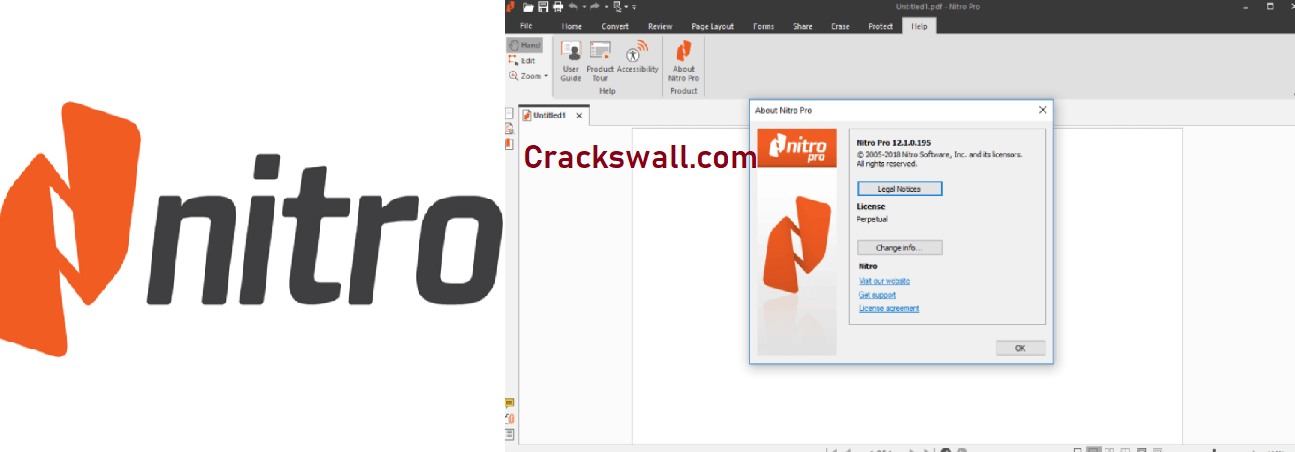
IMAGE PRO PLUS TORRENT PRO
The Huawei P50 Pro achieves a good score in the night category, thanks to outstanding performance across all sub-tests. We do not test night modes that have to be activated manually. We analyze all image quality attributes but we pay particular attention to exposure, autofocus, and color. We shoot sample images with the camera at default settings in both flash-auto and flash-off modes. In these tests we shoot a selection of images in pitch-black darkness as well as with city lights in the background providing some illumination. In this section, we take a closer look at each sub-attribute and compare image quality against competitors. The Huawei P50 Pro achieves a Photo score of 149. Minor quibbles aside, Huawei has done it again, with its latest flagship becoming the new smartphone camera benchmark that all upcoming rivals will have to be measured against. The only area for criticism is video artifacts, where our testers observed some unwanted effects like judder, aliasing, and color quantization. Just as for Photo, test results for pretty much all sub-attributes are among the very best we have seen. However, the P50 Pro video autofocus is the best in our ranking, and overall the camera delivers excellent video quality. While the P50 Pro does not set a new high score for video, it’s only one point shy of the best device for shooting moving images to date, the Xiaomi Mi 11 Ultra, mainly because of lower texture/noise results. The P50 Pro is currently the best smartphone for zooming both in and out, and image results from both the ultra-wide camera as well as the tele module are the best we have seen to date.
IMAGE PRO PLUS TORRENT FULL
The new Huawei also sets a benchmark for Zoom, with its score of 107 a full seven points over the previous leader in this category, the Xiaomi Mi 10 Ultra. The Huawei P50 Pro delivers outstanding image quality in nearly all shooting conditions. For more information about the DXOMARK Camera test protocol, click here. More details on how we score smartphone cameras are available here.

This article is designed to highlight the most important results of our testing. 4K video, 2160p/60 fps, (2160p/30 fps tested)Ībout DXOMARK Camera tests: For scoring and analysis in our smartphone camera reviews, DXOMARK engineers capture and evaluate over 3000 test images and more than 2.5 hours of video both in controlled lab environments and in natural indoor and outdoor scenes, using the camera’s default settings.Tele: 64 MP sensor (16 MP output), 90 mm-equivalent f/3.5-aperture lens, OIS.Ultra-wide: 13 MP sensor, 13 mm-equivalent f/2.2-aperture lens.Monochrome: 40 MP sensor (binned to 10 MP), 26 mm-equivalent f/1.6-aperture lens.Primary: 50 MP sensor (12.5 MP output), 23 mm-equivalent f/1.8- aperture lens, OIS.

Let’s see how the camera performed in our DXOMARK Camera tests.

It also helps with depth estimation for the simulated bokeh effect.

The monochrome sensor improves fine detail rendering and reduces noise, especially in low light. It also revives the concept of using a monochrome sensor alongside the primary sensor, something last seen in the P20 Pro from 2018. The camera setup combines a large-sensor primary camera with a 13 mm ultra-wide, a 90 mm tele, a monochrome sensor, and a multispectral color temperature sensor for optimizing white balance and color rendering. The Huawei P50 Pro is the Chinese manufacturer’s latest P-series high-end smartphone.


 0 kommentar(er)
0 kommentar(er)
